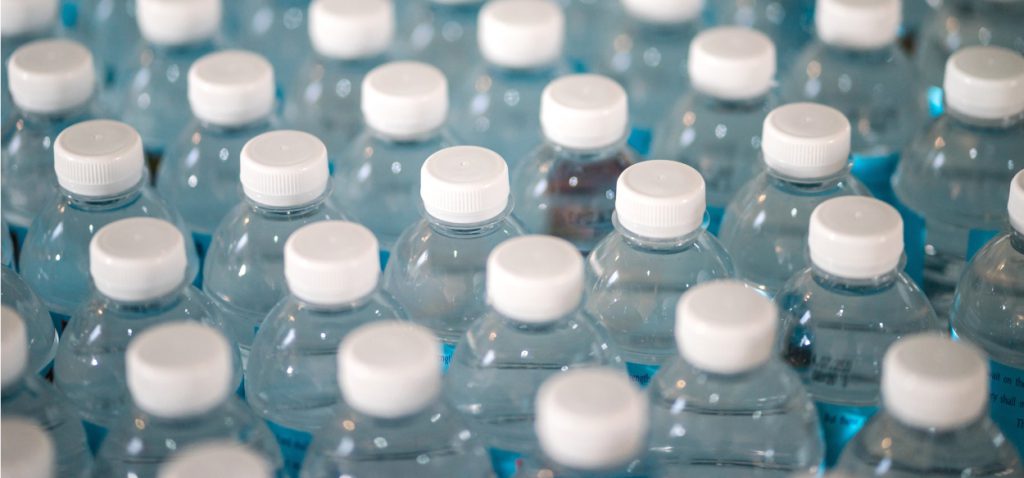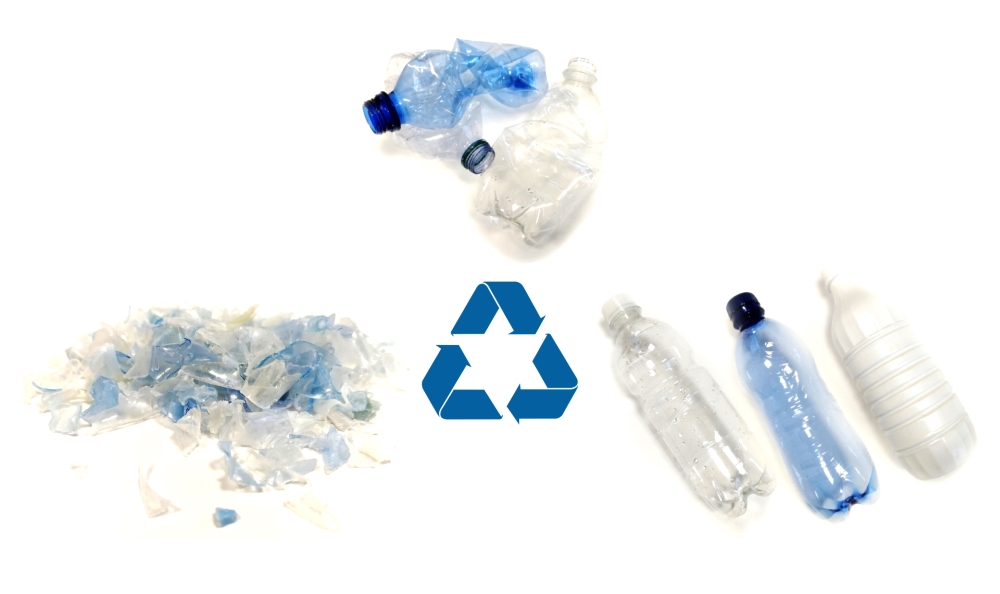
Challange test
IRCPack offers the possibility to carry out studies for the verification of decontamination processes of recycled plastic for direct food contact, as required by Commission Regulation (EC) No. 282/2008 of March 27th 2008.
The issue of Regulation (EC) No. 282/2008 introduces and harmonizes in the Member States of the European Union the use of recycled plastic for the manufacture of objects intended for food contact.
The Regulation (CE) n. 282/2008 applies to plastic materials and articles and their parts containing recycled plastics intended for contact with food.
Instead, this Regulation does NOT apply to:
• objects made of recycled plastic derived from the chemical depolymerization of plastic objects;
• objects manufactured with cuttings and/or waste production;
• recycled plastic objects in which recycled plastic is used behind a functional plastic barrier, in compliance with the Directive (EC) n. 2002/72, now repealed and replaced by Regulation (EU) No. 10/2011.

The recycling process must be authorized and the product obtained must comply with Commission Regulation (EU) No. 10/2011 of January 14th 2011 and subsequent updates and amendments and to the Regulation (EC) No. 1935/2004 of the European Parliament and of the Council of October 27th 2004.
The application for the authorization of the process must be made to EFSA (European Food Safety Authority) with the relative technical dossier containing the information specified in the guidelines. The EFSA expresses a non-binding opinion and then the European Commission will accept the application or not. The authorization will cover that single process it was requested for. All authorized processes will be placed in a community register accessible to the public. The labeling of the recycled content in recycled plastic materials and articles is voluntary. If applied, it must comply with ISO 14021: 1999 or equivalent.
The authorization of the recycling process is based on evaluation criteria that can be extrapolated from the results of the «challenge test», which «means a demonstration of the effectiveness of a recycling process to remove chemical contamination from plastic materials or articles».
The basic requirement for the placing on the market of recycled plastic materials and objects is that, as specified in Article No. 3, they contain «recycled plastic obtained only from a recycling process, authorised in accordance with this Regulation».
Among the conditions to which such authorization is bound (referred to in Article No. 4):
«c) i) either the plastic input must originate from a product loop which is in a closed and controlled chain ensuring that only materials and articles which have been intended for food contact are used and any contamination can be ruled out»
or
«(ii) it must be demonstrated in a challenge test, or by other appropriate scientific evidence that the process is able to reduce any contamination of the plastic input to a concentration that does not pose a risk to human health».
The challenge test provides the inclusion in the process of surrogate compounds, substances that are representative of compounds potentially found in materials deriving from post-consumption.
Their dosage upstream and at the end of the process allows to calculate the decontamination efficiency of the process itself. This measured decontamination efficiency is the basis for process safety evaluation, as defined in the EFSA document: “Scientific opinion on the criteria to be used for safety evaluation of a mechanical recycling process to produce recycled PET intended to be used for manufacture of materials and articles in contact with food.”
IRCPack and Sepack Lab have recently developed work patterns and analytical methodologies to perform the challenge tests, gaining experience in particular for recycled PET (R-PET).
IRCPack and Sepack Lab are able to verify the functional barrier of virgin PET layers, evaluating the specific migration of appropriate “surrogate compounds" specifically introduced into the central PET layer of products with A/B/A structure, processed in an extrusion plant (A is the virgin PET layer and B is the central layer made of R-PET flakes).
At the moment, studies on other polymer matrices are underway.
For more information, please contact us.
For further information you can also read the following publications:
“Ricerca: PET riciclato a contatto con alimenti"
Italia Imballaggio
SEPTEMBER 2009
________________________________
“Bottiglie da PET riciclato:arrivano i primi challenge test"
Mark Up
APRIL 2009

